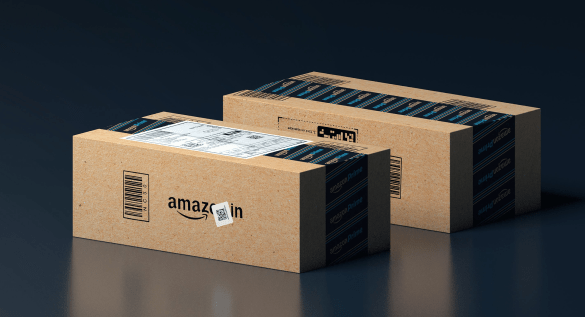This step-by-step guide will tell you how to calculate the estimated cost of using an Amazon partner carrier to send an LTL (less than truck load) delivery to an Amazon FBA hub or warehouse.
- First, create a shipment plan in your Amazon Seller Central account, then click through to the “prepare shipment” page.
- In section two: shipping service, choose the options for “LTL” (less than truck load) under the shipping method, and “Amazon-partnered carrier” under shipping carrier.
- In section three: shipment packing, complete the form and click “confirm.”
To estimate the pallet information, follow this guidance for the different sections:
- For the dimensions, input 72”, which is Amazon’s maximum allowable height.
- For the weight, divide the total weight of your cargo by the number of pallets you will use.
- For the approximate pallet count, divide the volume of the shipment in cubic meters (CBM) by 1.5 as an average estimate.
Unless you’re sending stackable pallets, make sure you don’t select the “stackable pallets” box. If you do, the truck that Amazon sends may only be able to carry stackable pallets, and if your pallets can’t be stacked, they won’t fit into the available space.
You might want to use one of a number of automated pallet-calculating tools that you can find online, but this is not always a good idea as they are often inaccurate and tend to underestimate the pallet details.
- Work out the charges for your delivery in section four: shipping charges by using the following guidance:
- Under “freight ready date,” enter any date in the future for estimation purposes.
- Under “contact person” you can select any contact or person.
- Under “freight class,” just select 100.
- Under “declared value,” enter the commercial value of your shipment’s goods.
- Finally, click the “calculate” button to return your estimate – but do not accept the charges if you are just working out an idea of costs at this stage.
Don’t forget that when you use an Amazon-partnered carrier like Amazon’s LTL service, you will receive a bill for the final delivery charges from Amazon rather than Unicargo.
If anything isn’t clear or you need more help, contact us and we’ll be happy to advise you.
